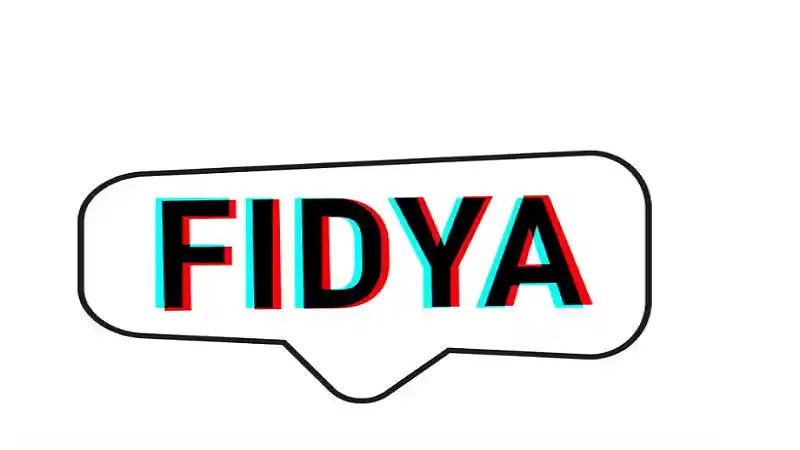In today’s rapidly evolving digital landscape, people are increasingly concerned with authenticity and trustworthiness, especially in the realm of social media. One concept that has emerged as a response to this trend is “fauxmoi.” This term may be unfamiliar to some, but its implications are profound, especially as it pertains to identity, self-perception, and digital presence.
In this article, we will explore what fauxmoi is, its impact on social media culture, and provide practical steps for navigating this concept in a meaningful way. Whether you’re a digital creator, a social media user, or someone seeking to understand the implications of fauxmoi on online interactions, this guide will provide valuable insights.
What is Fauxmoi?
Fauxmoi is a relatively new term that combines “faux,” meaning fake or false, and “moi,” meaning self. It refers to the artificial construction of one’s identity or persona online, specifically through social media. People engage in fauxmoi when they present a curated or exaggerated version of themselves to create a certain impression, often influenced by trends, societal expectations, or the desire for validation.
This phenomenon is part of a broader cultural trend where individuals feel pressure to project a polished, idealized version of themselves online. While this is not a new phenomenon (in fact, it’s been present since the rise of social media platforms), the term “fauxmoi” encapsulates the growing awareness of these digital facades.
The Impact of Fauxmoi on Society
The practice of creating a false or exaggerated online persona can have both positive and negative consequences. Understanding these effects is key to managing one’s online presence effectively.
The Positive Side of Fauxmoi
- Creativity and Self-Expression: Many users engage in fauxmoi for creative expression, allowing them to share aspects of their personality or lifestyle that might not be visible in real life. This can provide an outlet for artistic expression and help people feel more confident in their online space.
- Influence and Career Opportunities: Social media influencers often rely on curated content that might not entirely reflect their real lives but can create opportunities for business partnerships, sponsorships, and other forms of professional growth. The appearance of success, luxury, or happiness can lead to tangible career benefits.
The Negative Side of Fauxmoi
- Mental Health Concerns: One of the most significant downsides to fauxmoi is its impact on mental health. The constant need to project a perfect image can lead to feelings of inadequacy, anxiety, and depression. Users may start comparing their real lives to the idealized lives of others, contributing to a sense of dissatisfaction.
- Loss of Authenticity: Excessive reliance on a curated online persona can lead to a disconnection from one’s true self. This erodes trust, both in personal relationships and with audiences who expect transparency.
- Exploitation of Vulnerability: Some individuals exploit fauxmoi to manipulate others or present a fabricated image for financial gain, potentially deceiving followers, clients, or even friends.
Practical Steps to Navigate Fauxmoi
While the concept of fauxmoi is ubiquitous in today’s social media-driven world, it doesn’t necessarily have to be a negative force. Instead, users can take steps to manage their online identity in a way that’s mindful, authentic, and healthy.
1. Be Mindful of Your Online Identity
The first step in navigating fauxmoi is to be aware of the persona you’re constructing online. Ask yourself: What aspects of myself am I choosing to showcase? What parts of my life am I omitting? It’s important to be conscious of the balance between authenticity and curation.
A healthy approach to social media involves embracing your genuine self while also acknowledging the reality of curating certain aspects. For example, you might want to share your creative work, travel experiences, or successes without feeling the need to fabricate the full picture. Being transparent about the ups and downs in life, even through curated content, can help maintain an authentic connection with your audience.
2. Establish Clear Boundaries Between Real and Digital Lives
While social media platforms allow for creative freedom, they should not overshadow real-life experiences and relationships. One of the most practical steps to combat fauxmoi is to establish clear boundaries between your online and offline personas.
Consider limiting the amount of personal information you share or being selective about what you post. This protects your privacy and prevents the temptation to overshare or present an image that doesn’t fully represent your true self.
3. Avoid the Trap of Comparison
Fauxmoi often thrives in environments where people compare their lives to those of others. One of the biggest dangers of engaging in fauxmoi is the constant cycle of comparison. Remember that social media only showcases the highlights—what people post is often an edited version of reality.
To combat this, practice mindfulness and focus on your personal journey. Avoid spending excessive time scrolling through others’ posts and set boundaries around social media use. If you’re struggling with the comparison trap, consider following accounts that promote positive, authentic content that encourages self-love and realness.
4. Develop Healthy Content Creation Habits
For those who actively create and share content on social media, developing healthy habits is crucial in managing fauxmoi. Here are some practical tips:
- Be Transparent: If you’re sharing a particularly curated moment or image, consider being open about the effort that went into creating that content. A caption that acknowledges the reality behind the picture can make your posts feel more genuine and grounded.
- Limit Filters and Editing: While editing tools can enhance a photo, consider how much editing you are doing to make yourself appear in a particular way. Small adjustments are fine, but excessive editing can distort reality and contribute to the culture of fauxmoi.
- Share Vulnerable Moments: Don’t be afraid to share moments of struggle or imperfection. Vulnerability can create meaningful connections and offer a more balanced view of life. Authenticity is powerful, and it helps to counteract the pressures of presenting a flawless, idealized version of yourself.
5. Be Critical of What You Consume
The content you engage with on social media can influence how you perceive yourself and others. Be critical of the content that fuels unrealistic expectations or reinforces the idea that happiness, success, and beauty are only achievable through curated personas.
Follow accounts that promote self-acceptance, real-life stories, and body positivity. Engaging with diverse perspectives can help you see beyond the polished image often associated with fauxmoi.
Conclusion
Fauxmoi is a complex and evolving phenomenon in the digital age. While it can provide opportunities for self-expression, creativity, and career advancement, it also brings with it challenges related to mental health, authenticity, and comparison.
By understanding fauxmoi and implementing practical steps to manage our online identities, we can strike a healthy balance between curation and authenticity. Being mindful of the boundaries between real and digital lives, fostering a positive content-creation environment, and practicing critical consumption of social media can help mitigate the negative aspects of fauxmoi. Ultimately, embracing both the curated and authentic parts of our digital selves can lead to a more fulfilling, transparent, and balanced online experience.
Remember, it’s not about presenting a perfect version of yourself—it’s about embracing who you are, both online and offline.





